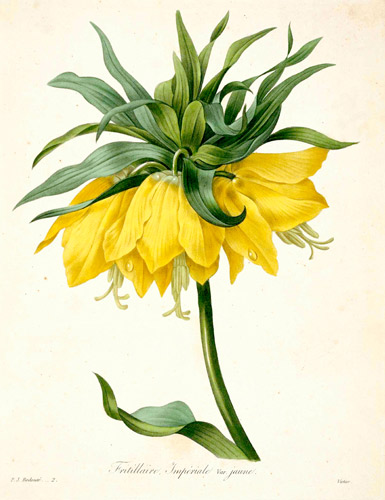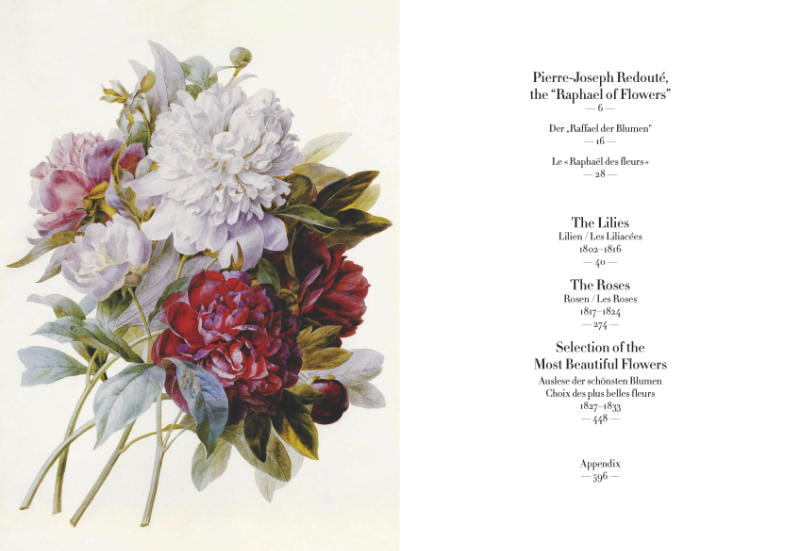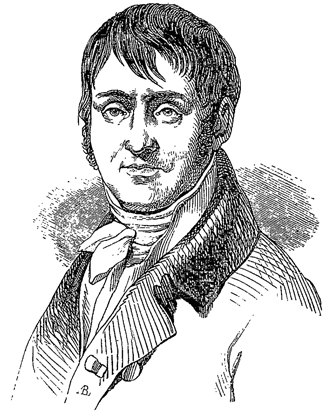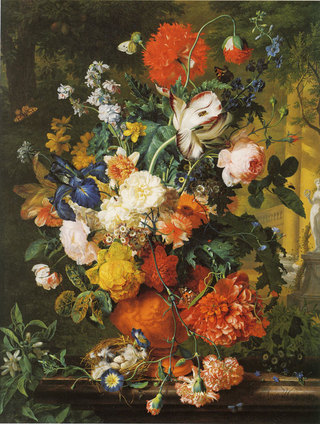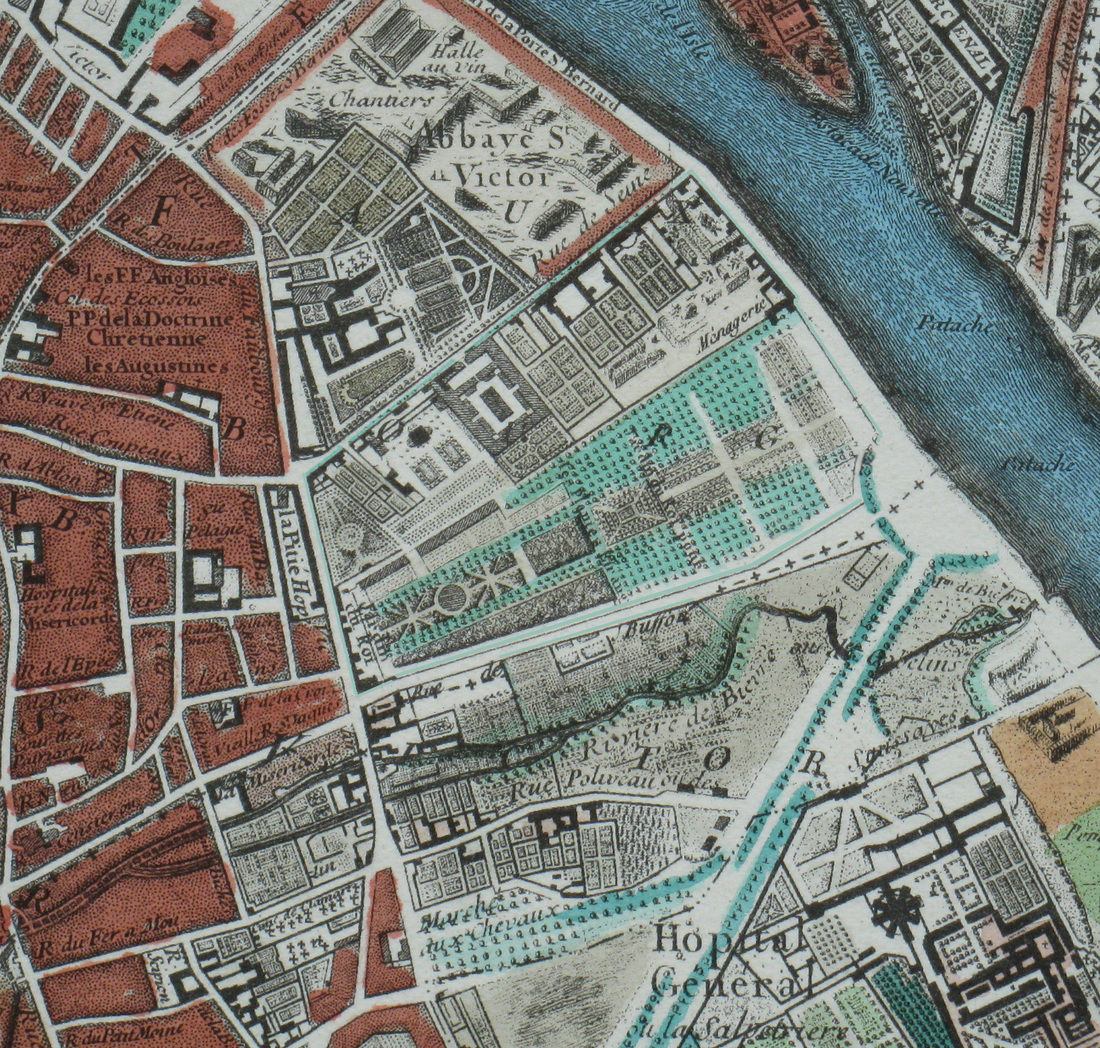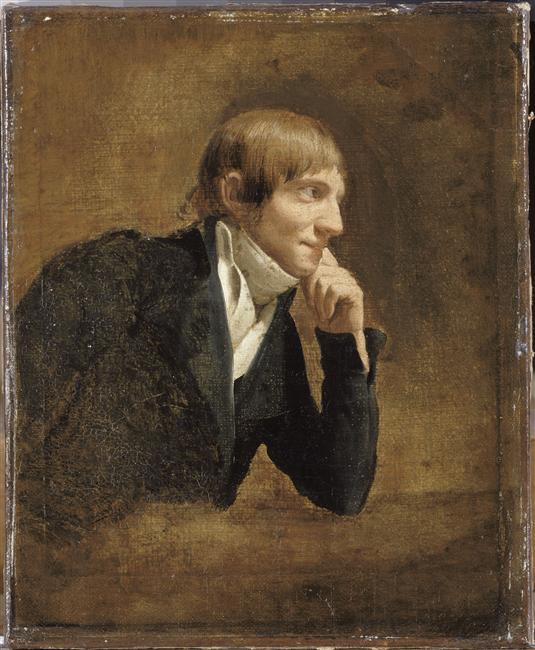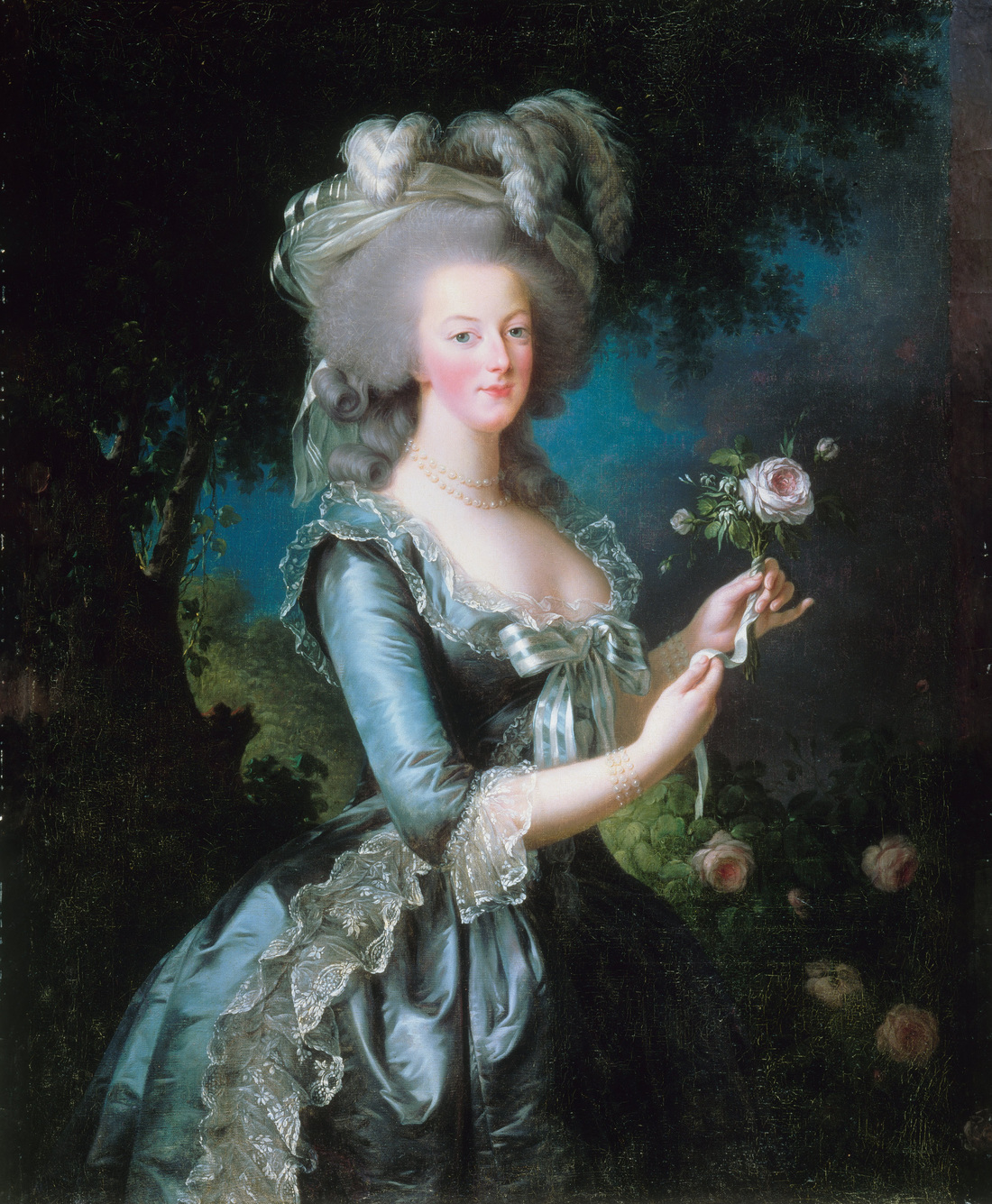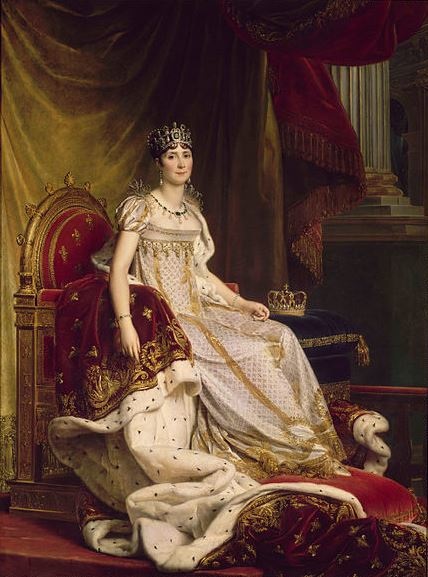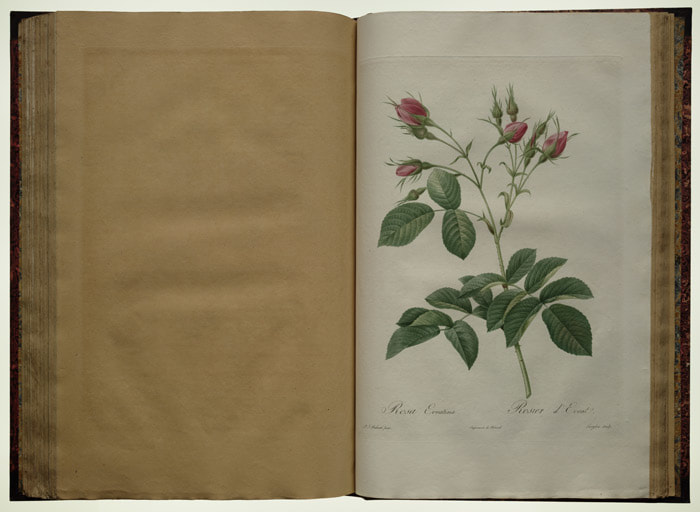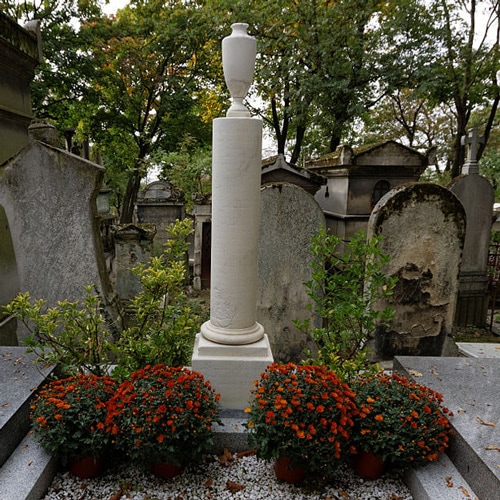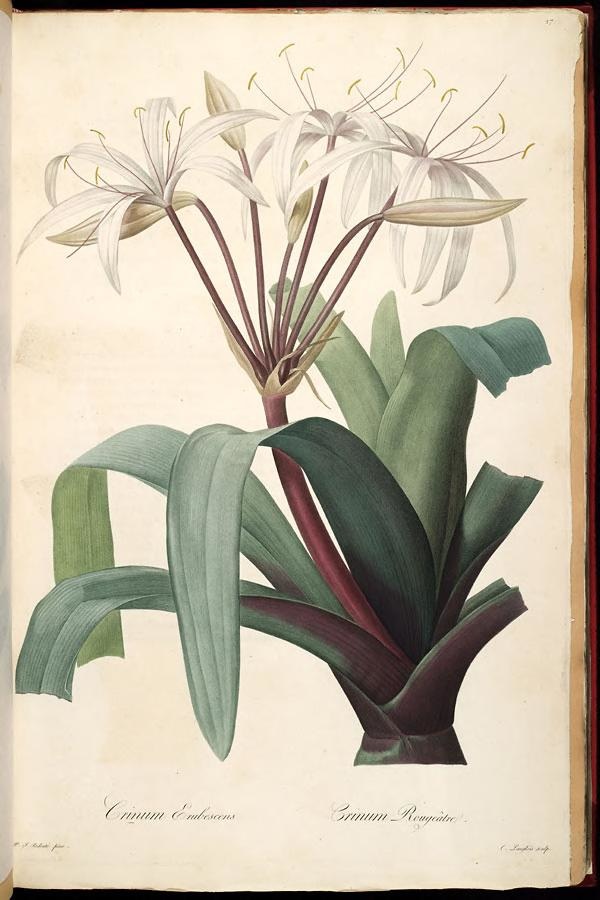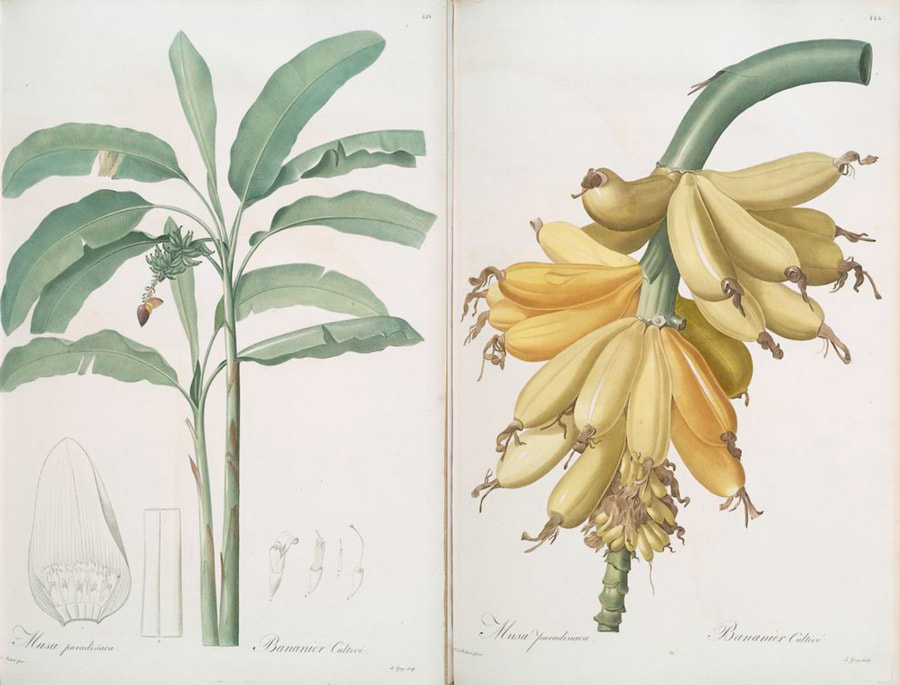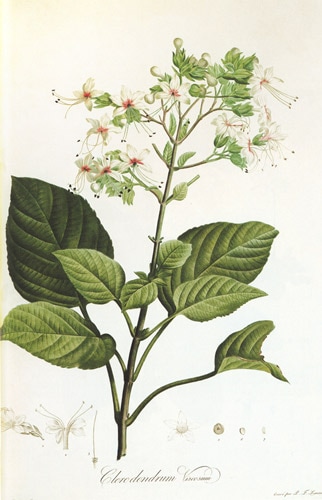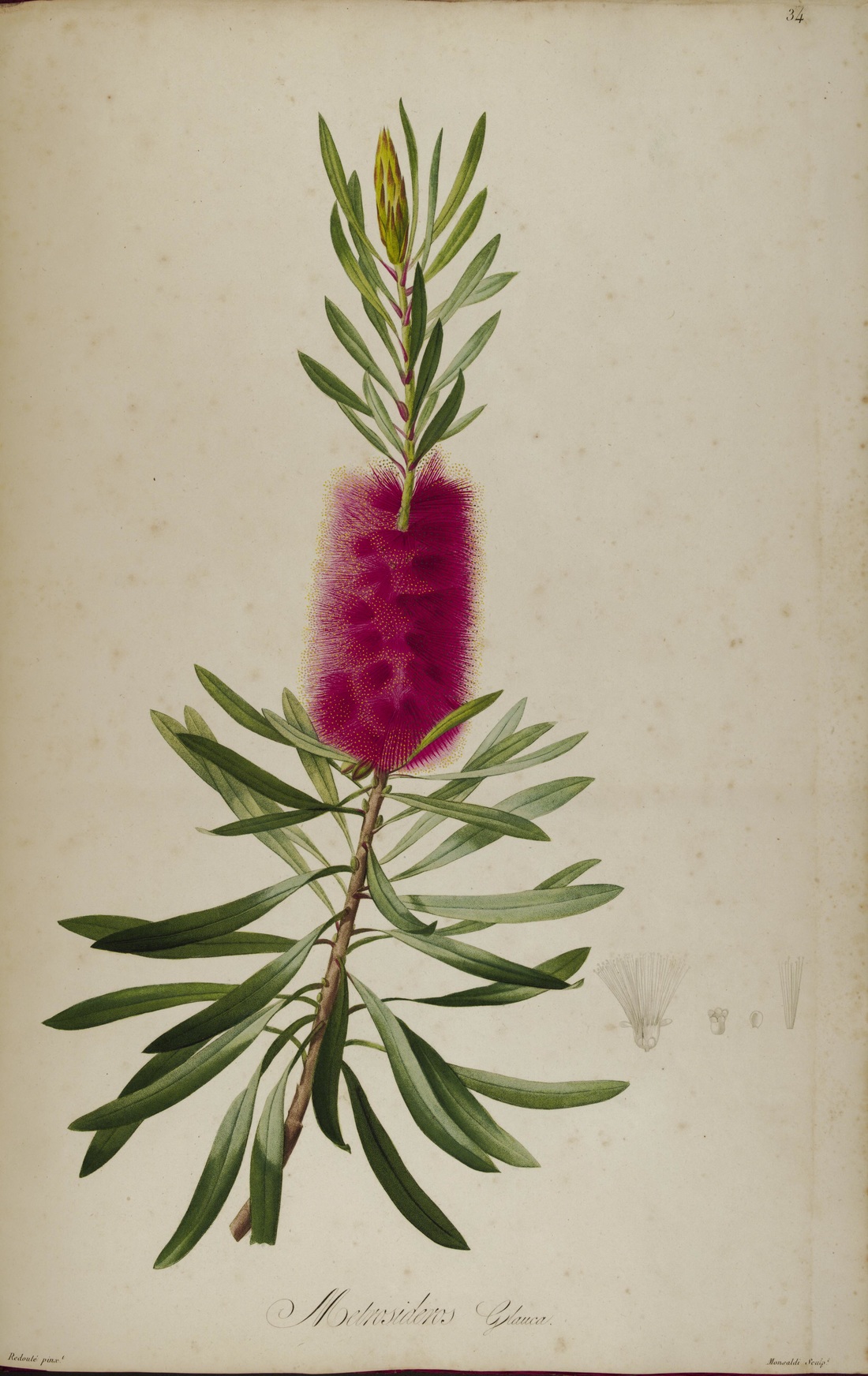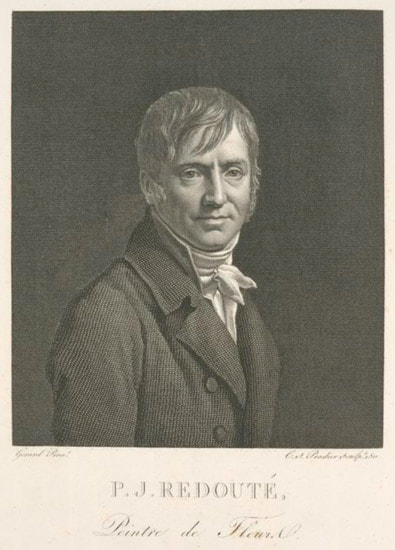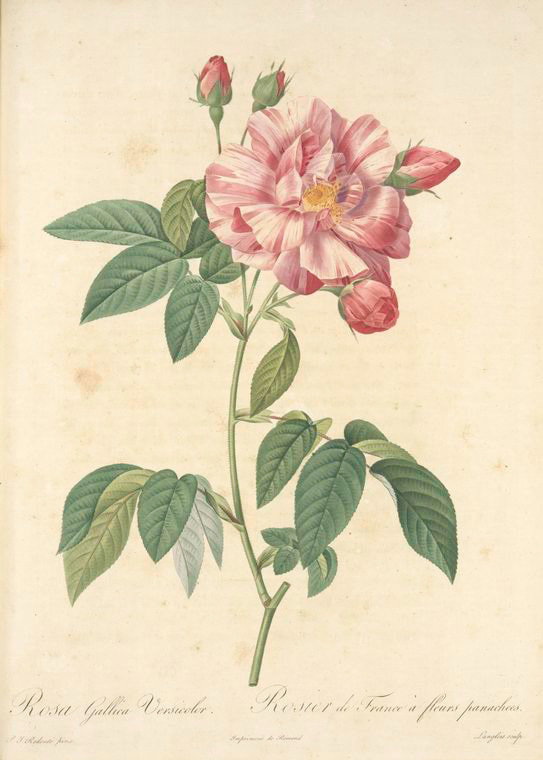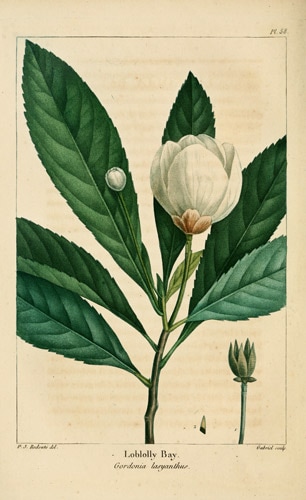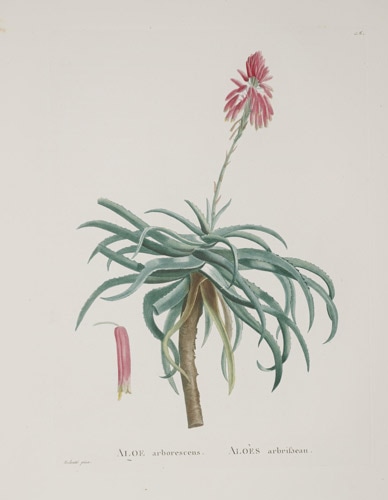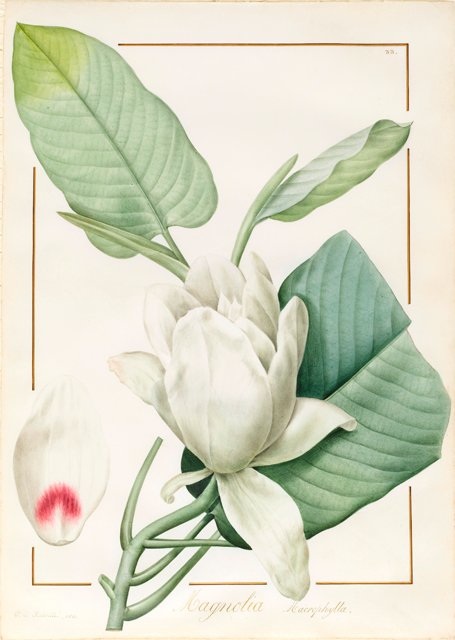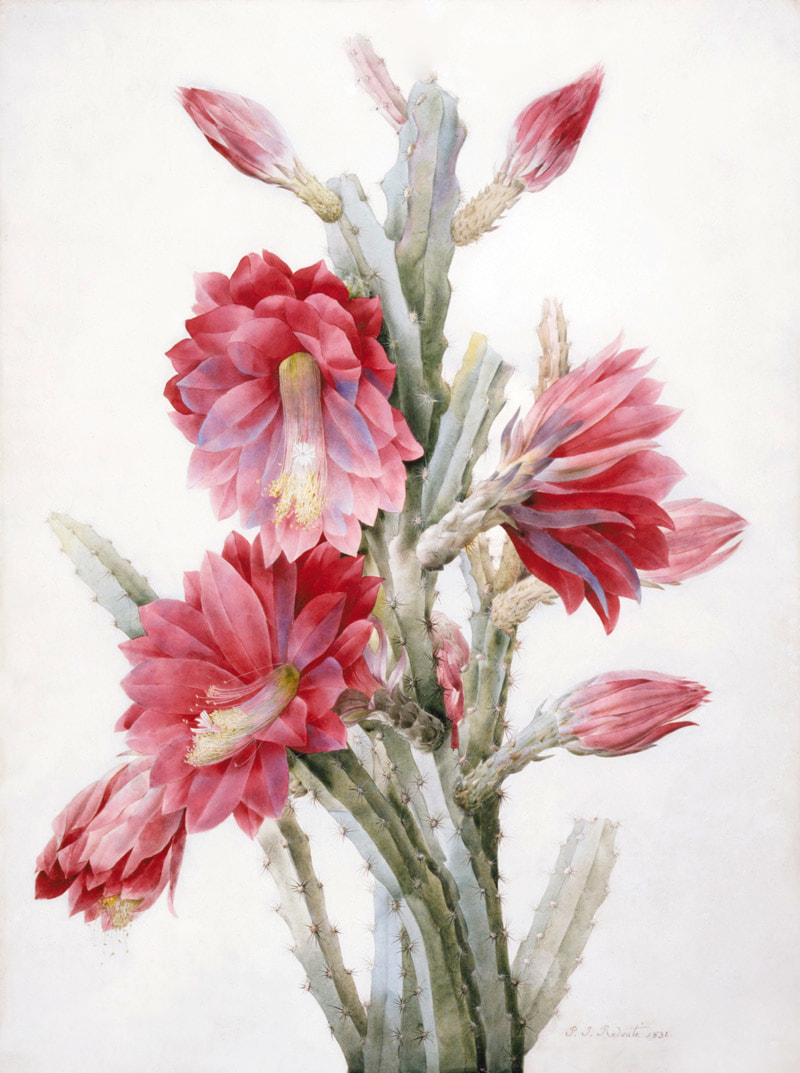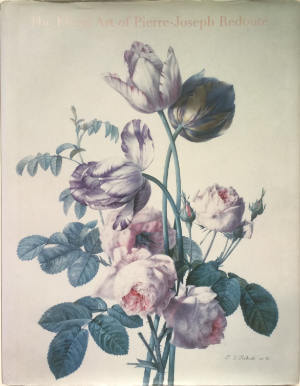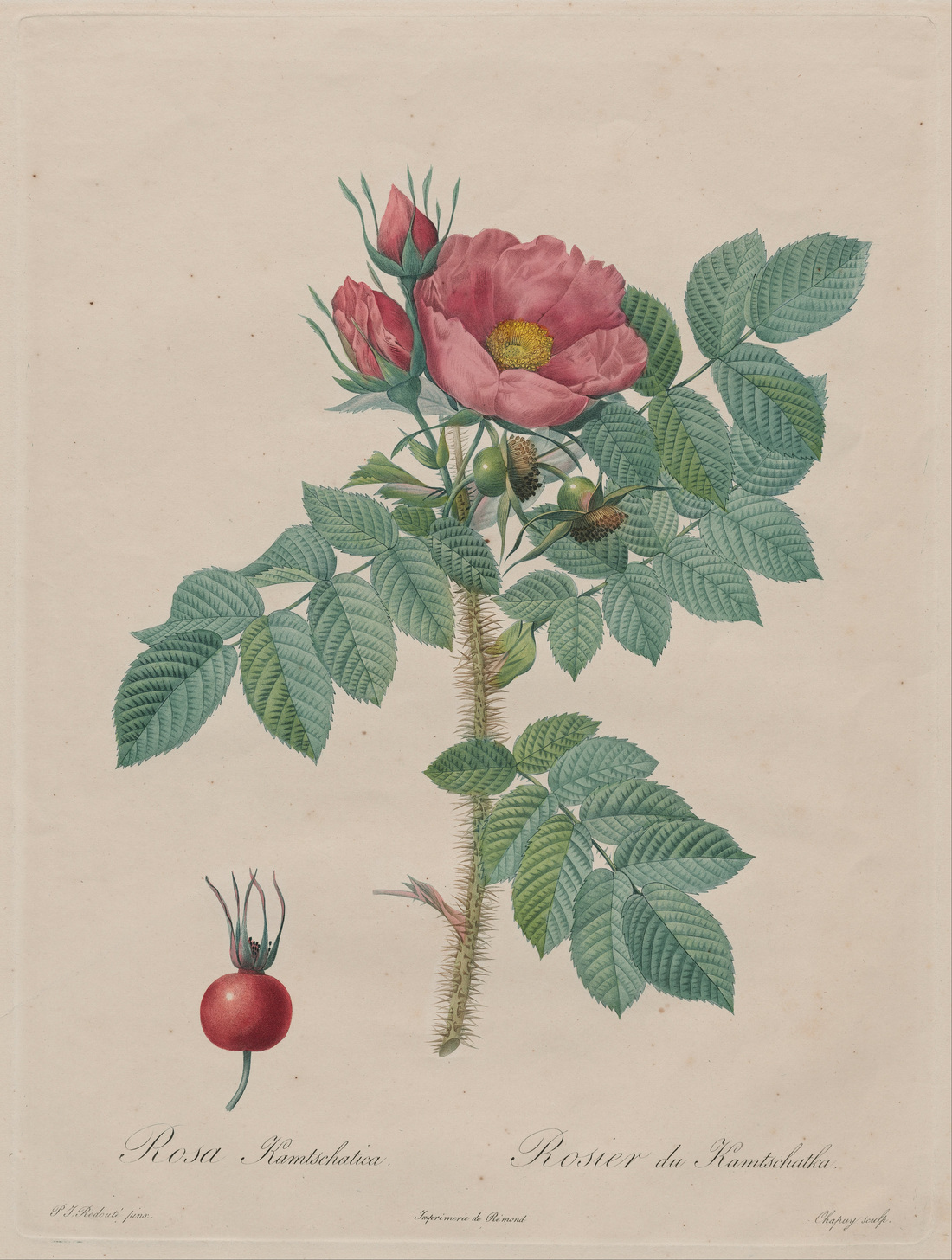- Home
- NEWS
-
HISTORY
- What is Botanical Art?
- What is Botanical Illustration?
- Botanical Art History Books >
- Herbals
- Florilegia and Flora
- Patrons of Botanical Art >
- Past Masters - Botanical Art and Illustration >
- Famous Asian Botanical Artists (600-1900)
- 20th & 21st Century Botanical Artists >
- Botanical Photographers
- Botanical and Herbal Art Online
-
ARTISTS
- Botanical Artists in the UK
- Botanical Artists in North America
- Botanical Artists in Europe
- Botanical Artists in Australia and New Zealand
- Botanical Artists in Asia
- Botanical Artists in Africa
- Botanical Artists in Latin America
- Botanical Printmakers, Photographers, Sculptors et al
- The Jill Smythies Award
- Botanical Artists on Facebook
- Botanical Art Blogs
-
Exhibitions
- Calls for Entries - OPEN exhibitions
- Online Exhibitions >
- RHS Botanical Art & Photography Shows >
- The Shirley Sherwood Gallery of Botanical Art >
- Hunt International Exhibition of Botanical Art & Illustration
-
UK
>
- North America >
- Europe >
- Australasia >
- Asia >
- Africa
- ARCHIVE: World Wide Exhibition of Botanical Art 2018
-
Education
- NEW BOOKS about Botanical Art and Illustration >
-
Best Botanical Art Instruction Books
>
- Tips and Techniques >
- Botanical Art Video Tips >
- Online Botanical Art Instruction >
- International Directory: Botanical Art Teachers
- International Directory of Botanical Art Courses >
- Artist Residencies, Scholarships and Bursaries
- Diplomas and Certificates >
- Distance Learning Courses
- Talks, Lectures & Tours
- Botanical Education on Facebook
- Materials
- Groups
-
Botany
- Why botany matters to artists
- Botany Books for artists >
- Scientific botanical illustration
- Plant Forms and Anatomy
- Plant Evolution and Taxonomy
- Plant Names and Botanical Latin
- Botanical Dictionaries
- How to Identify Plants
- Recording a Plant / Sketchbooks >
- Botanic Gardens & Herbaria >
- Blogs about Plants and Flowers
- Contact
This page is about the botanical artist and royal flower painter Pierre-Joseph Redouté (1759-1840)
This site includes
- a timeline of his life and career
- reference links to biographies and books about his life and work.
- online galleries of images and exhibitions which display his work
|
Pierre-Joseph Redouté was one of the most talented botanical artists ever known.
He is also possibly the most popular botanical artist in history. Many people first become interested in botanical art after seeing reproductions of his paintings of roses, lilies and other flowers. He was born in 1759 in what is now Belgium and died in June 1840. Redouté was fortunate to become an artist who was patronized by the kings of France from Louis XVI to Louis-Philippe. His profile also has a unique claim to fame. His status and reputation was enhanced in no small way due to his patronage by two of the premier first ladies of European history - Marie Antoinette and Josephine Bonaparte. |
|
During his career:
|
"I believe I managed to succeed in the triple conjunction of exactitude, composition and colour, the union of which is the only means of bringing vegetal iconography to perfection" |
The Book of Flowers (Multilingual Edition)
by H Walter Lack with illustrations by Pierre Joseph Redoute
by H Walter Lack with illustrations by Pierre Joseph Redoute
|
HIGHLY RECOMMENDED
If you buy just one book about Redoute buy this one - if you can. It's currently out of print - but has been reproduced in a cheaper smaller version in 2020. I've got the BIG one! Key Features are:
|
COMHardcover: 608 pages
Publisher: Taschen Multilingual edition First Edition (April 16, 2018) Size: 25 x 34.5 cm Weight: 4.12 kg (Note: there's also a smaller compact version - published in June 2020 - which has fewer pages and less content.) Average Customer Rating (for Extra Large version) out of 5 stars:
|
|
EXTRA LARGE VERSION (2018)
Redoute. Book of Flowers: FP
|
COMPACT VERSION (2020)
|
|
Redouté. Book of Flowers (Multilingual Edition)
|
A Biographical Timeline (1759-1840)
1759-1781 - Belgium and the Low Countries
|
1759 - Born July 10, 1759 in St. Hubert, Ardennes, Belgium. Redouté is Belgian (not French), even though he lived for most of his life in France.
He was the second son in his family and was born into a long line of Belgian painters. His father taught him to paint and by the age of 6 young Pierre-Joseph was producing small paintings. Age 13, he left home to earn his living as an artist. He then spent the next 10 years living a precarious life as an itinerant painter. He travelled across Flanders and the Low Countries and studied the paintings of the Flemish Masters when and where he could. In Amsterdam, he came across the flower paintings of both Rachel Ruysch (1664-1750) and Jan van Huysum (1682-1749) who were prominent Dutch 18th century flower painters whose paintings sold for lots of money. Given his previously precarious existence both the flower paintings and their undoubted value doubtless provided a catalyst for the future direction of subject matter for his painting |
1782-1786 - Paris
|
1782 - Age 23, he joined his elder brother in Paris to work as a stage-set designer for the new Theatre Italien.
He devoted his time off to a developing interest in painting flowers. He was also given instruction in the technique of colour-printing. He also attended lectures by Gerard van Spaendonck, a Dutch painter and the official Royal Professor of Painting for the French court. He sought rare plants to draw and drew the many unusual plants in the glasshouses of Le Jardin de Roi - The Royal Garden of Medicinal Plants - now known as the Jardin des Plantes. A record - and archive - of all plants brought to the garden was made through drawings and paintings - now known as Collection des Vélins (The Collection of Vellum). Today it contains nearly 7,000 gouaches and watercolors on vellum representing flowers, plants and animals. This is where he met Charles L'Heritier de Brutelle, a noted French aristocrat, biologist and plant collector. L’Héritier was a committed devotee of Linnaeus
|
REFERENCE:
|
1786-1787 - London (Kew)
|
1786 - L'Heritier visited London in 1786 and Redouté went with him to London (Kew) when 6. Here he
|
Biodiversity Heritage Library: Sertum Anglicum
|
1788 - 1840 Paris
Redouté was fortunate to be living in Paris at the very end of le Siècle des Lumières (the Age of Enlightenment 1715-1789) when the city was a centre for both science and culture.
|
He achieved his success as a painter while working for the French royal court and had a talent for surviving as a painter for those at the top of French Society despite political changes
His institutional affiliation brought him
He was also taught stipple engraving by Gilles Demarteau who was a superior draughtsman and the Royal Engraver or 'Graveur des Dessins du Cabinet du Roi' 1786 - He worked at the Musee National d'Histoire Naturelle (Museum of Natural History). He catalogued the collections of flora and fauna and was also involved in a botanical expedition to Egypt 1792 - He was employed by the French Academy of Sciences. 1790 - He is said to learned and perfected the technique of using colour stipple engraving technique during a stay in London and first applied it in his illustrations for de 1793 - Pierre-Joseph won (with his brother and another artist) a competition held by the Museum of Natural History to select artists for the museum. It was also decided that he would continue the botanical illustrations for the Vélins de Roi. 1798 - The Empress Josephine Bonaparte, the first wife of Napoleon Bonaparte, also became his patron and appointed him to paint the flowers of the garden at the Chateau de Malmaison.
She is thought to have funded the series listed below
|
1799-1837 - he contributed many plates for the series of Plantes Grasses [Plantarum Succulentarum Historia]
- 1799 - First section of Plantarum historia succulentarum published
- publication continued intermittently until 1837
|
1819 - Redouté's artworks were exhibited at the Louvre.
1822 - He became an art teacher and in later life he was impoverished due to his earlier spending habits when he earned good money. 1828 - John James Audubon (born Jean Rabin in Haiti), the famous ornithological artist visited Redouté in his studio and showed him he first parts of Birds of America. Audubon commented in his journal that Redouté had told him he received as much as 250 guineas for a single painting. 1828 - Charles X agreed to purchases Les Roses for 30,000 francs 1839 - age 80, he began planning a a significant artwork but never realised it. 1840 - Died suddenly age 80 on 19 June 1840, Paris. His grave can be found in Père Lachaise Cemetery in Paris. |
.....the last twenty years of his life are punctuated by disappointments: professional appointments that do not happen, books that sell less well, a clientele already largely satisfied by its successive editions and a taste of the public that evolves. His financial situation became more precarious, especially since the investments he had made in his domain at Fleury had cost him dearly. An indefatigable painter, Pierre-Joseph Redouté died on June 19, 1840 of a cerebral congestion on his work table, certainly famous but poor. |
Awards and Honours
REFERENCES:
- Pierre-Joseph Redouté | Wikipedia
- Musée Pierre-Joseph Redouté - a museum about Redouté in his home town.
- Botanical artist - Pierre-Joseph Redoute | Making A Mark - Pierre-Joseph Redouté was one of the names I first learned from the RHS publications. He was the man who painted the beautiful roses and lilies. I've now learned that in total he produced over 2100 published plates depicting over 1800 different speci
- Redoute, Pierre-Joseph (1759-1840) - Biographical sketch of a Botanical artist, illustrator and engraver.
- The Botanical Art of Redouté | BHM - Notes and News from the BHL Staff - an account of his life and work
- Cincinnati Historical Society - Pierre-Joseph Redoute - Pierre-Joseph Redouté is recognized as the most talented botanical artist the world has known. During the late 18th and early 19th centuries he lived in Paris, the cultural and scientific center of Europe. Interest in plant illustration was at its he
- Pierre Joseph Redoute 1759 -1840, P.J. Redoute - Pierre Joseph Redouté (1759-1840) illustrated approximately 50 botanical books during his lifetime making him one of the most prolific and widely celebrated botanical artists of the 18th and 19th centuries.
- The Raphael of Roses – Pierre-Joseph Redoute | Nature as Art and Inspiration - The Raphael of Roses - Pierre-Joseph Redouté May 16, 2013 by Mary Mageau
- Pierre-Joseph Redoute - Biography - Art in the Picture.com - Overview of Redouté's life and great works
- Global Gallery - Artist Biography - Botanical artist and royal flower painter Pierre-Joseph Redouté (1759-1840), survived the turbulent political upheaval to gain international recognition for his precise renderings of plants which remain as fresh in the late 20th century as when first
Pierre-Joseph Redouté - Technique
|
This section will develop information about the approach and techniques used by Redouté when developing his botanical paintings and engravings.
Redouté's technique, modelled upon that of van Spaendonck, involved "pure water colour, gradated with infinite subtlety and very occasionally touched with body-colour to suggest sheen" Redouté eventually perfected the reproduction of his paintings for publication using stipple engraving, which used dots, rather than lines, to engrave plates, with varying dot density being used to convey tone and shading (Blunt 1967). |
REFERENCE:
|
Redouté's Fairest Flowers
by Martin Rix and William T. Stearn - with illustrations by Pierre Joseph Redouté
by Martin Rix and William T. Stearn - with illustrations by Pierre Joseph Redouté
|
This is probably the classic book about flowers painted by Pierre Joseph Redouté. The book includes Redouté's preface to the original edition plus a 12 page introduction by William Stearn about the life and work of Redouté. Every plate is accompanied by a narrative which traces the origin and history of the plant and discussing its horticulture today. All but 5 of the 144 color plates are reproduced from the original engravings in The British Museum Botany Library's copy of Redouté's Choix des plus belles fleurs prises dans différentes familles du règne végétale et de quelques branches des plus beaux fruits groupée quelquefois et souvent animéee par des insectes et des papillons (Paris, 1827). |
Hardcover: 312 pages
UK Publisher: Herbert Press in association with the British Museum (Natural History) USA Publisher: Prentice-Hall; Date: First edition (1 Sept. 1987) Dimensions: 313 x 228 mm Note that this book is an oversized hardback that is out of print and only available as a used book. The quality of reproduction is good. HIGHLY RECOMMENDED BUY THIS BOOK Average Customer Rating out of 5 stars:
Redouté's Fairest Flowers
Redoute's Fairest Flowers
|
Pierre-Joseph Redouté - Collections
|
Collections of images by Pierre Joseph Redouté - in the series he produced - are typically found today either in
|
Redouté continues to be one of the most popular botanical artists from the past. It's not impossible to aspire to own an 'original' Redouté so long as you understand that what you can aspire to is an original engraving rather than the actual watercolour.
|
1802-16 - Les Liliacees
|
ORIGINAL PUBLICATION: Pierre Joseph Redouté. From Les Liliaces. Paris, 1802-16.
Folio, 14 x 21 1/2. Stipple engravings, printed in color, and finished by hand. Les Liliacees were produced at the height of Redouté's career and were inspired by Josephine's garden at the palace at Malmaison (acquired in 1798). The project comprised eight volumes containing 86 plates of lilies, irises, and other monocotyledons REFERENCE:
|
The Empress Josephine's copy of Pierre-Joseph Redoute's botanical watercolors for his book ''Les Liliacees,'' (''The Lilies'') was auctioned yesterday at Sotheby's for $5.5 million to W. Graham Arader, a rare-book and print dealer, who organized a syndicate to make the purchase.
The book of 468 watercolors on vellum depicts flowers in the gardens of Malmaison, St.-Cloud, Versailles and Sevres. It was made between 1802 and 1816, and comprises 16 volumes weighing a total of 320 pounds. The sale lasted only three minutes, one of the fastest ever for such an expensive property, and the price achieved was the 10th highest for a work purchased at an art auction house.
New York Times - Redoute Watercolors auctioned to Syndicate (21 November 1985)
The Lilies by Pierre Joseph Redoute
|
HIGHLY RECOMMENDED
Taschen gathered together all of the plates from the eight volumes of engravings of the original watercolours (published between 1802 and 1816) to reproduce them all in this "jumbo" volume. Taschen production qualities are always the highest and this book is as good as you can get if you don't want to pay $5.5 million - and the rest! (see item re auction above) This oversized hardback by Taschen has appreciated in price since publication - such is the love of botanical art lovers around the world. New copies typically now sell for well for in excess of £/$100. Second hand copies cost less and will vary in price relative to condition and who's selling. |
Hardcover: 520 pages
Publisher: Taschen; First Edition edition (March 15, 2001) RECOMMENDED: Average Customer Rating out of 5 stars:
BUY THIS BOOK The Lilies
The Lilies
|
1803-05 - Jardin de la Malmaison
|
After the Revolution, Redouté's post of official artist was transferred to the French Natural History Museum where he prepared illustrations for scientific publications.
This involved developing botanical art for the Empress Josephine as part of her project to develop and document the gardens at Malmaison. Jardin de la Malmaison was
REFERENCE:
|
1812-17 - Descriptions des Plantes Rares Cultivees a Malmaison
|
Description des plantes rares cultivees a Malmaison et a Navarre is a Description of rare plants cultivated in Malmaison and Navarre. The book was written by Aimé Bonpland and dedicated to the Empress Josephine. Bonpland was a French explorer and botanist who had travelled to South America (Venezuela, Cuba, New Granada, Peru, Mexico between 1799-1804).
The book comprised 157 pages and 64 coloured plates by Redouté (published in 11 parts). Copies of Description des plantes rares cultivees a Malmaison et a Navarre are very rare and don't come up for auction very often. REFERENCE:
|
1817-24 - Les Roses
"The plates in 'Les Roses' have artistic value, botanical and documentary value, both for the species and cultivars still surviving and for those that have disappeared'
(Gisele de la Roche).
The Empress Joséphine had a passion for flowers and was in constant contact with the foremost rose-growers of Europe. Her rose-gardens at Malmaison contained examples of virtually every known species.
- Justifiably proud, in 1800, she commissioned Redouté to paint them.
- Some eighty of the roses pictured in Les Roses were definitely Malmaison-grown.
|
Les Roses comprised three volumes of Les Roses and 168 unnumbered folio plates. It was published in 30 instalments over seven years between 1817 and 1824.
These were done at the height of Redouté's career and were published just after he had finished his Les Liliaces. Les Roses achieved even greater fame than the previous series. They are said to be the flower paintings (of any botanical artist) which are most often reproduced. You can see some of his original watercolour paintings of roses on vellum at the Fitzwilliam Museum REFERENCE: DIGITAL ARCHIVE Edition in the Library of Congress, Washington D.C. Les Roses (Redouté) | Wikimedia Commons Les roses | New York Public Library Digital Collections - an excellent reproduction of the illustrations in the book which allows download of the images. Les Roses | Internet Archive - a digital copy of the book which displays the illustrations within the context of the narrative of the book (in French); digitized by the California State library |
"It was discovered by English printers that stipple engravings printed most successfully from plates that had been well used. A number of black impressions were run off to take the sharpness off the plate. Redouté's printers also took some black impressions from plates for both the Liliacées and the Roses. For the interest of connoisseurs Redouté included a set of black plates as a parallel series to the usual color-printed versions in special issues of both books. Significantly, the black impressions are always printed on paper with a strong ochre-yellow tint. … Since black has a much greater force than the delicate colored inks washed with thin watercolor that Redouté normally used, black impressions on reflective white paper would have produced prints with grossly exaggerated tonal contrasts. By using paper devoid of brilliance, he was able to subdue that contrast and produce black prints that enabled the reader to appreciate the purity of his engravers' stipple and roulette technique"
Bridson & Wendel
The Roses by Pierre Joseph Redoute
|
Hardcover: 256 pages
Publisher: Taschen GmbH; Taschen's 25th anniversary edition Publication date: 25 Sept. 2007 RECOMMENDED: Average Customer Rating out of 5 stars:
Redoute, Roses (Taschen 25th Anniversary)
The Roses: The Complete Plates (Taschen 25th Anniversary)
|
REDOUTE ROSE COLLECTORS
Redoute's Roses generated fans who liked them a LOT. One of these was Lord Hesketh who bought many. However not many know that one of Redoute's biggest fans was Steve Jobs (who helped create and run Apple).
Redoute's Roses generated fans who liked them a LOT. One of these was Lord Hesketh who bought many. However not many know that one of Redoute's biggest fans was Steve Jobs (who helped create and run Apple).
Steve Jobs and the Gallery go back a long way. He was a client back in the 90s and the one thing that Graham will always remember most about the man was that he knew what he wanted. And what he wanted at the time was Redoute roses..... Steve loved Redoute roses. He really loved Redoute roses. He loved them so much that in addition to the roses we sold him he wanted us to gather up and buy every original Redoute rose in the known universe.
Memories of Steve Jobs | Graham Arader
REFERENCE | ORIGINAL PRINT AND BOOKSELLERS
Below are references to websites where it's possible to acquire ORIGINAL prints of the Redoute paintings of roses - as opposed to contemporary reproductions (eg available from the Royal Horticultural Society and British Library)
These are listed as a source of further information about prints and I don't vouch for the quality of the artwork they sell.
Below are references to websites where it's possible to acquire ORIGINAL prints of the Redoute paintings of roses - as opposed to contemporary reproductions (eg available from the Royal Horticultural Society and British Library)
These are listed as a source of further information about prints and I don't vouch for the quality of the artwork they sell.
- Redouté, Pierre Joseph, and Claude Antoine Thory LES ROSES. PARIS: FIRMIN DIDOT, 1817–1824 | Sotheby's (New York) - 3 volumes sold for $200,000 (before buyer's premium)
- REDOUTÉ, Pierre Joseph. Les Roses, peintes par P.J.R. Descrites par Cl. Ant.Thory. Paris, C.F.L. Panckoucke, 1824. (3 volumes, large 8vo, with 160 coloured stipple-engraved plates) | Bernard Quaritch Ltd
- REDOUTÉ, Pierre-Joseph (1759-1840) & Claude-Antoine THORY (1759-1827) Les Roses, peintes par... Redouté...décrites et classes selon leur ordre naturel, par...Thory. Troisième edition, publiée sous la direction de M. Pirolle | Donald Heald
- PIERRE-JOSEPH REDOUTÉ (1759-1840), Les Roses Paris, 1817-24 | Arader Galleries
Pierre-Joseph Redouté, North American Sylva illustrations
|
The category Pierre-Joseph Redouté, North American Sylva illustrations contains illustrations attributed to Pierre-Joseph Redouté (1759 – 1840) in François André Michaux's The North American Sylva.
Other illustrations in that 3-volume work are attributed to his brother Henri-Joseph Redouté (1766 – 1852) and to his student Pancrace Bessa (1772 – 1846). |
Plantarum historia succulentarum by A. P. Decandolle
with colour drawings by P.J. Redouté
|
Redoute was described in the portrait frontispiece to the book as the Raphael of the Succulents
There are 187 plates in the copy in the Library at Kew with accompanying text. Where you can see the images or the book online:
|
Augustin Pyramus de Candolle, who was originally from Geneva, Switzerland, studied medicine and natural history in Paris. In that city, he became acquainted with some of the leading scientists of the day and chose botany as his principal interest. During his Paris years-1796 to 1808, he participated in the publication of a number of important botanical works, of which the first was Plantarum historia succulentarum. The proposal for this book was made initially by the botanist, Charles Louis L’Héritier de Brutelle (1746-1800) to his close friend, Pierre-Joseph (1759-1840), who was at the time the favorite painter of Queen Marie Antoinette. Redouté was asked to do the plates, and de Candolle was chosen to write the descriptive texts. The result was published in many sections, beginning in 1799 and continuing intermittently, with many difficulties, until 1837. One authority on the publication history of Plantarum historia succulentarum has stated that it is very difficult to know what constitutes a "complete copy" of the book.
Rare Books of Missouri Botanical Garden
Pierre-Joseph Redouté - Individual Images
|
A number of Redouté's original paintings are watercolour on vellum. Many are considered to be his greatest works.
However most of the images we see tend to be engravings due to their publication for wider distribution. Redouté originally went to London and Kew in 1786 to learn the art of stipple engraving and color printing which was to provide him him with the technical expertise needed to produce his beautiful botanical illustrations. He later introduced "stipple-engraving" to France. Latterly, he certainly developed to perfection a method of colour application which involved the use of a minute chamois leather or cotton mop for the application of a succession of colours to a copper engaving. In later years, he also learned how to paint using pure watercolour - from a Dutch artist, Gerard van Spaendonck. Most of the images of Redouté's work which can now be seen online via galleries which are
One of the better examples are the Redouté prints by Joel Oppenheimer. I don't buy but I do enjoy looking! |
Pierre-Joseph Redouté - individual images in Museums and Art Galleries
- Auckland Art Gallery | Engravings on Paper by Pierre Redoute - Engravings on Paper by Pierre Redoute
- Paeonia Suffruticosa, 1812 by Pierre-Joseph Redouté 1759-1840 | Fitzwilliam Museum, Cambridge - This watercolour was made for the Empress Josephine and featured in Bonpland’s Descriptions de plantes rares et cultivées à Malmaison et à Navarre. In 2011, the Museum had an exhibition of his Flower Paintings in their collection
- A Flowering Cactus: Heliocereus Speciosus
Pierre-Joseph Redouté (1759-1840) France, 1831
Watercolor on vellum, Los Angeles County Museum of Art (Not currently on public view) - Camellia Japonica by Pierre Joseph Redout | Fitzwilliam Museum - It is interesting to note the very different surface effect of watercolour on paper as opposed to vellum.
- Teylers Museum | Nu te zien - Redout's Roses From 19 January to 5 May 2013T his exhibition is the first in the Netherlands to provide a variegated overview of his work, with, at its heart, the beautiful books that the Teylers Museum purchased immediately after their publication.
The Floral Art of Pierre-Joseph Redouté
with essays by Marianne Roland-Michael, Peter Sutton, Carolyn Rose Rebbert and Cynthia A Drayton
with essays by Marianne Roland-Michael, Peter Sutton, Carolyn Rose Rebbert and Cynthia A Drayton
|
On the left is my vintage copy of this book. This book was produced in relation to a 1992 exhibition in the USA of the work of artist and one notable feature is it identifies artwork to (some) collections.
It includes: a timeline and essays on:
|
Hardback: 104 pages
Publisher: Frances Lincoln Publication date (1st edition): 2002 The book was published in association with the Bruce Museum of Arts and Science and the Kimbell Art Museum in Fort Worth Texas. BUY IN UK: The Floral Art of Pierre-Joseph Redouté
[object Object]
|
Pierre-Joseph Redouté Online
Apart from Wikimedia Commons, the Biodiversity Heritage Libary and the New York Public Library, most of the onlines sites highlighting images are those selling reproduction prints by Pierre-Joseph Redouté. Some are much better than others. Some are the ONLY places online that you will see certain images of the less popular variety so I make no apologies for including them.
|
Wikimedia Commons: Biodiversity Heritage Library / Missouri Botanical Garden, Peter H. Raven Library New York Public Library - Digitized Collections Other reputable online sites
|
Pierre-Joseph Redoute - the Raphael of Flowers
by Pieter Baas, Terry Van Druten, Pascale Heurtel, Alain Pougetoux
by Pieter Baas, Terry Van Druten, Pascale Heurtel, Alain Pougetoux
|
This book was produced to accompany a survey and exhibition of Redouté works at the Teylers Museum in the Netherlands.
The book is richly illustrated with a wide selection of his sketchbooks, drawings and watercolors. |
Paperback: 167 pages
Publisher: NAI Publishers; Publication date (1st edition): 15 Oct. 2013 |
More about Past Masters
|
Resources about Botanical Art and For Botanical Artists
ABOUT: About the Author | Contact | Testimonials | Privacy Policy COPYRIGHT 2015-22: Katherine Tyrrell all rights reserved.
|
NEWS
News Blog about artists, awards, exhibitions etc. |
EXHIBITIONS
- Calls for Entries - Exhibitions around the world - Online Exhibitions - RHS Exhibitions - Hunt Exhibitions ORGANISATIONS
- Botanical Art Societies - national / regional / local - Florilegium & Groups - Botanical Art Groups on Facebook |
EDUCATION
- Tips and Techniques - Best Botanical Art Instruction Books - Directory of Teachers - Directory of Courses - Online Botanical Art Courses - Diplomas and Certificates - Talks, Lectures and Tours ART MATERIALS (Paper / Vellum) BOTANY FOR ARTISTS - Scientific Botanical Illustration - Best Botany Books for Artists - Plant Names & Botanical Latin BOTANIC GARDENS & Herbaria |
FEEDBACK
Please send me . - news to share - info. about exhibitions - any suggestions for what you'd like to see on this website ADVERTISE Contact me if you'd like to promote workshops and courses on this site. AFFILIATION This website is free to you but not for me! (See Affiliate Income below) |
|
Cookies, Personal Data & Privacy tells you how this site relates to and impacts on you and your privacy - and your choices.
Product & company names may be trademarks of their respective owners |
About Affiliate Income: This website has been created to share information not to make a profit. I am an Amazon Associate and earn from qualifying purchases (e.g. books from Amazon) which helps offset costs associated with maintaining this very large website.
|
- Home
- NEWS
-
HISTORY
- What is Botanical Art?
- What is Botanical Illustration?
- Botanical Art History Books >
- Herbals
- Florilegia and Flora
- Patrons of Botanical Art >
- Past Masters - Botanical Art and Illustration >
- Famous Asian Botanical Artists (600-1900)
- 20th & 21st Century Botanical Artists >
- Botanical Photographers
- Botanical and Herbal Art Online
-
ARTISTS
- Botanical Artists in the UK
- Botanical Artists in North America
- Botanical Artists in Europe
- Botanical Artists in Australia and New Zealand
- Botanical Artists in Asia
- Botanical Artists in Africa
- Botanical Artists in Latin America
- Botanical Printmakers, Photographers, Sculptors et al
- The Jill Smythies Award
- Botanical Artists on Facebook
- Botanical Art Blogs
-
Exhibitions
- Calls for Entries - OPEN exhibitions
- Online Exhibitions >
- RHS Botanical Art & Photography Shows >
- The Shirley Sherwood Gallery of Botanical Art >
- Hunt International Exhibition of Botanical Art & Illustration
-
UK
>
- North America >
- Europe >
- Australasia >
- Asia >
- Africa
- ARCHIVE: World Wide Exhibition of Botanical Art 2018
-
Education
- NEW BOOKS about Botanical Art and Illustration >
-
Best Botanical Art Instruction Books
>
- Tips and Techniques >
- Botanical Art Video Tips >
- Online Botanical Art Instruction >
- International Directory: Botanical Art Teachers
- International Directory of Botanical Art Courses >
- Artist Residencies, Scholarships and Bursaries
- Diplomas and Certificates >
- Distance Learning Courses
- Talks, Lectures & Tours
- Botanical Education on Facebook
- Materials
- Groups
-
Botany
- Why botany matters to artists
- Botany Books for artists >
- Scientific botanical illustration
- Plant Forms and Anatomy
- Plant Evolution and Taxonomy
- Plant Names and Botanical Latin
- Botanical Dictionaries
- How to Identify Plants
- Recording a Plant / Sketchbooks >
- Botanic Gardens & Herbaria >
- Blogs about Plants and Flowers
- Contact
